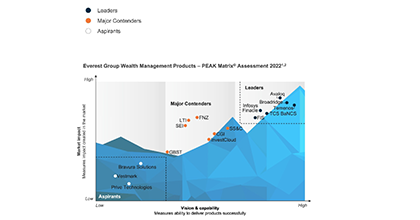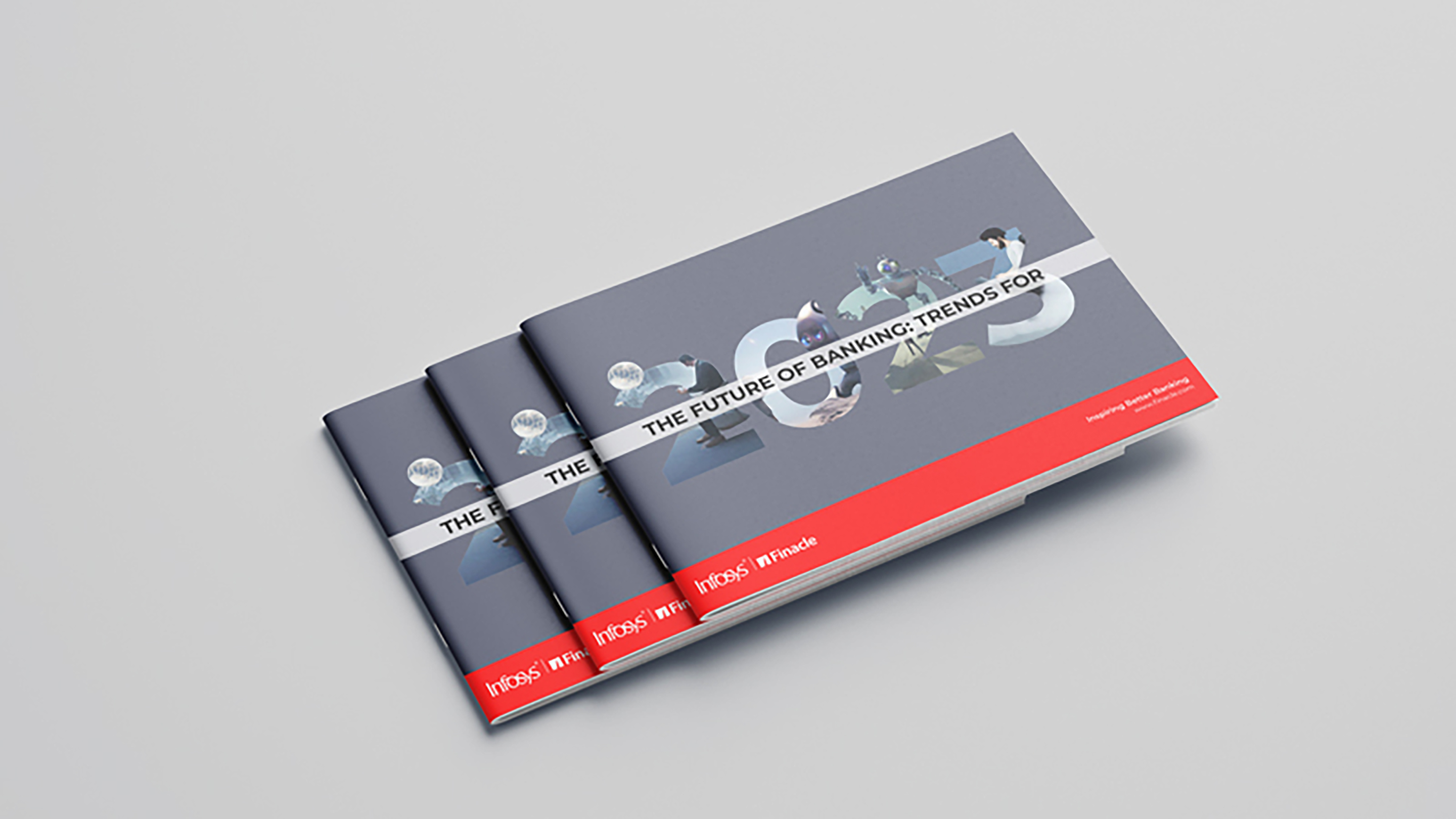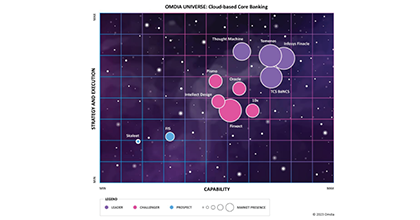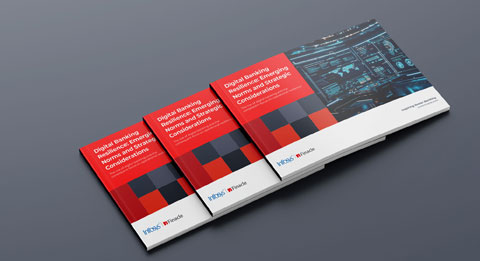I was reading an article recently about something unexpected happening in the US markets. While there is a lot of uncertainty and concern around the banking industry owing to recent failures, many of the larger banks and financial institutions in the US have in fact posted robust Q1 numbers with better interest incomes and stronger trading results.
Upon closer look one realizes that while deposit withdrawal from some of the smaller banks have been in the headlines, mid-sized banks seem mostly unaffected and the larger banks have in fact seen some inflow of deposits as customers take flight to safety, quality and trust.
Traditional banks were always known for their stability and dependability. And in a fintech-free world, this was enough to enjoy customer loyalty. However, the fintech revolution and the emergence of challenger financial institutions and neo banks shifted the balance of power. Their success in disrupting incumbents was primarily driven by a modern, innovative and fully digital customer experience that matched other digital journeys that customers were used to.
Yet today, with the fear of financial uncertainty overcoming the affinity built by a better experience, the tide is turning, and many depositors are once again prioritizing the stability and reassurance of established banks over the experience of fintechs and neo banks.
This is certainly good news for traditional banks and FI’s and should be cause for some minor celebration at the very least. However, here’s the catch: simply having depositors flock back to traditional banks is not going to be enough, and certainly won’t be a sustainable trend if status quo persists with traditional banks. To retain this new deposit base and more importantly, to convert the fence-sitters, traditional banks must meet the high standards of innovation, service quality, and digital experience set by challengers and neo banks.
There is certainly a window of opportunity for traditional banks, but benefitting from this opportunity will require them to scale up their digitization rapidly.
How Can Traditional Big Banks Transform Successfully?
In our extensive experience of over two decades in helping banks modernize their operations and participate in new-age ecosystem opportunities, we have identified three key principles of transformation that can help incumbent banks compete with and overcome challengers.
#1 Recompose Your Business Model Around Customer Needs
While this seems obvious, fact is that banks tend to be driven to change more by regulation, competition or investor imperatives, than customer considerations, because the risks or rewards in the former cases are far more immediate, whereas the latter requires time and patience.
For long-term business sustainability however, banks must keep customer journeys at the heart of their product, process and operations design. What’s more, customer journeys will inevitably change over time, and he nce banks need to build flexibly, always ready to recompose their offerings to meet evolving customer needs.
Case in Point: DBS Bank
In the early 2000’s when they first embarked upon their digital transformation journey, DBS had the lowest customer satisfaction score of any of the banks in Singapore. As part of the transformation, they worked towards the goal of reducing customer time wasted in banking as a key metric to solve for – this was a critical customer need they had identified.
Within a very short span of time, through cross-functional collaboration and extensive digitization, DBS eliminated over 250 million hours of wasted customer time. They also managed to jump from lowest customer satisfaction to the highest in the same period. Their commitment to recompose their business around customer needs drove their success then, and it continues to do so even today in newer ways.
#2 Not Just Tech Transformation; A Cultural Transformation as Well
While a lot of traditional banks operate on hierarchical structures quite successfully, transformation doesn’t thrive well in hierarchies. Instead, giving people the authority to solve problems and the freedom to experiment and make mistakes can go a long way in helping them become more agile and adaptable.
In order to truly benefit from digital transformation, banks need to go beyond the hardware and software and also focus on the ‘heartware’ – creating a culture where people to feel safe and empowered by change and are enthused about utilizing technology to do better.
Case in Point: BBVA
When BBVA first embarked upon their digital transformation journey, they recognized the importance of culture change to making the transformation successful. As a way of empowering their teams and creating a groundswell of participation, they took an interesting approach to problem solving:
The 1-2-3 method
- 1 problem to solve per team, to ensure focus.
- A 2-pizza team – small enough to be fed with two pizzas
- Only 3 months to learn, experiment and solve the problem
By encouraging people to go beyond their job descriptions and think creatively, BBVA built a culture of problem solving and opportunity spotting during their transformation journey that has since benefitted them significantly in all subsequent tech. and business transformations.
#3 Modernize to the Core
Traditional banks are sometimes guilty of doing the bare minimum to stay afloat on the digitization front. While it is natural to feel apprehensions, given the pain and uncertainty involved in an end-to-end modernization program, an exercise in tokenism can be quite risky.
In the past traditional banks have enjoyed customer trust based on their lineage and vintage, but in the digital world, that trust comes from fully digital offerings, data-driven hyper-personalization and meaningful engagement, which is impossible at scale without a modern core. Choosing not to modernize to the core therefore, is far more dangerous and debilitating for banks today.
Case in Point: Goldman Sachs
When Goldman Sachs launched Marcus, it set out to disrupt the retail lending space. Their aim was to address the most prevalent frustrations in consumer finance and leverage new opportunities emerging from fully digitized customer journeys. These objectives were both lucrative and challenging at the same time. Goldman Sachs addressed these objectives in three ways:
- They offered a fully digital customer experience that was simple, flexible and transparent, and that put the customer in control.
- They personalized their offerings at scale with extensive self-service options, allowing customers to build their own terms.
- Lastly, they built strategic partnerships with Apple, Amazon and a few others to provide savings and lending solutions seamlessly woven into the primary customer journey.
Goldman Sachs couldn’t have accomplished this on a legacy core. Their choice of a cloud-hosted, fully composable modern core allowed them to build their offerings with speed, scale and a high degree of personalization. The modern core also enabled straight through processing, workflow automation and extensive use of APIs to leverage ecosystem opportunities.
In Conclusion
Traditional, established banks have an opportunity today to capitalize on the wave of depositors who are fleeing uncertainty and seeking safe harbor in large banks. This deposit capital will only stay for the long term if traditional banks are able to deliver a meaningful, relevant and modern experience. To achieve this, banks need to embrace rapid innovation, more efficient operations, and better engagement with customers. They must recompose their business models around their customers’ needs, drive cultural transformation alongside tech. transformation, and modernize to the core. By doing so, they can compete with challengers and emerge as the modern banks of the future.


















